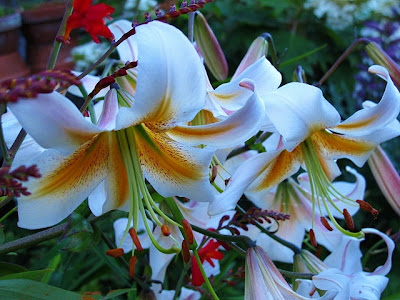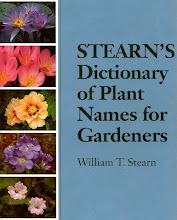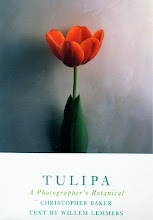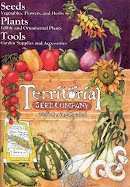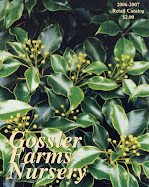Stone lion near the entrance to the Portland Japanese Garden May 2011.
Near the Pavilion (9) at the Portland Japanese Garden May 2011
Water fountain at the Portland Japanese Garden May 2011
Sand & Stone Garden (7) at the Portland Japanese Garden May 2011
Stream between the Strolling Pond Garden (2) & the Lower Pond
at the Portland Japanese Garden May 2011
at the Portland Japanese Garden May 2011
The Zig Zag Bridge (4) at the Portland Japanese Garden May 2011
The Heavenly Falls (5) at the Portland Japanese Garden May 2011
Beautiful pavement at the Portland Japanese Garden May 2011
Click here for more photos of the Portland Japanese Garden.
Although I have visited a number of Japanese Gardens in the Seattle area & in California, I can't say that I know very much about them. All I can say about the Portland Japanese Garden is that it is the largest & most beautiful Japanese garden I have seen, perhaps the most beautiful of any garden I have visited. I imagine that everyone that visits this garden is delighted & amazed. The description below is from the Portland Japanese Garden website.
The Five Gardens
Click here for more photos of the Portland Japanese Garden.
Although I have visited a number of Japanese Gardens in the Seattle area & in California, I can't say that I know very much about them. All I can say about the Portland Japanese Garden is that it is the largest & most beautiful Japanese garden I have seen, perhaps the most beautiful of any garden I have visited. I imagine that everyone that visits this garden is delighted & amazed. The description below is from the Portland Japanese Garden website.
The Five Gardens
The 5.5 acre Japanese Garden is composed of five distinct garden styles. When we enter a Japanese garden, the desired effect is to realize a sense of peace, harmony, and tranquility and to experience the feeling of being a part of nature. In a deep sense, the Japanese garden is a living reflection of the long history and traditional culture of Japan. Influenced by Shinto, Buddhist, and Taoist philosophies, there is always “something more” in these compositions of stone, water, and plants than meets the eye.
Three of the essential elements used to create a Japanese garden are stone, the “bones” of the landscape; water, the life-giving force; and plants, the tapestry of the four seasons. Japanese garden designers feel that good stone composition is one of the most important elements in creating a well-designed garden. Secondary elements include pagodas, stone lanterns, water basins, arbors, and bridges. Japanese gardens are asymmetrical in design and reflect nature in idealized form. Traditionally, human scale is maintained throughout so that one always feels part of the environment, not overpowered by it. As Professor Tono wanted to incorporate native trees in our Garden so that it would blend naturally with its environment, some of the plantings here are on a larger scale.
Three of the essential elements used to create a Japanese garden are stone, the “bones” of the landscape; water, the life-giving force; and plants, the tapestry of the four seasons. Japanese garden designers feel that good stone composition is one of the most important elements in creating a well-designed garden. Secondary elements include pagodas, stone lanterns, water basins, arbors, and bridges. Japanese gardens are asymmetrical in design and reflect nature in idealized form. Traditionally, human scale is maintained throughout so that one always feels part of the environment, not overpowered by it. As Professor Tono wanted to incorporate native trees in our Garden so that it would blend naturally with its environment, some of the plantings here are on a larger scale.
Portland Japanese Garden Map





















